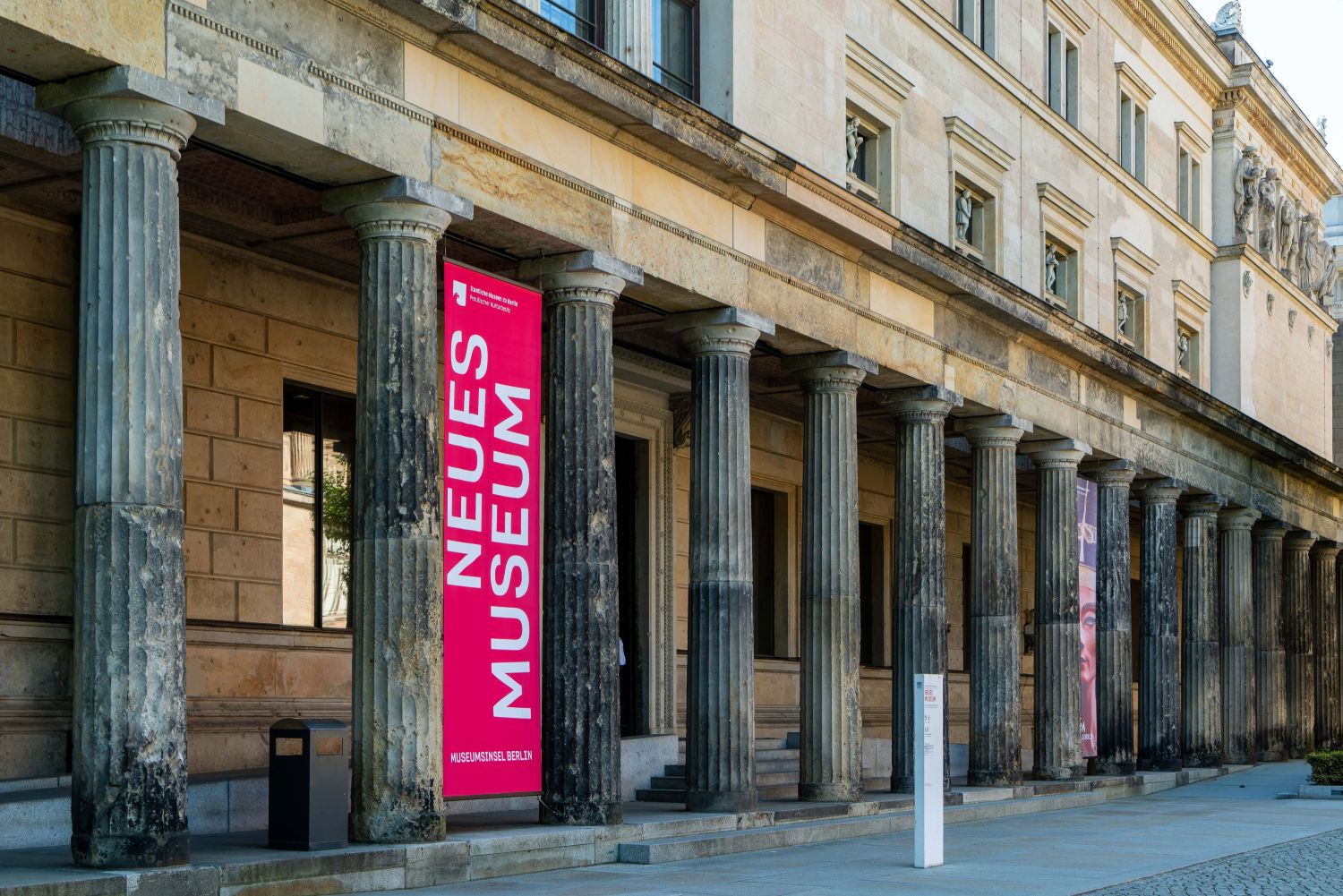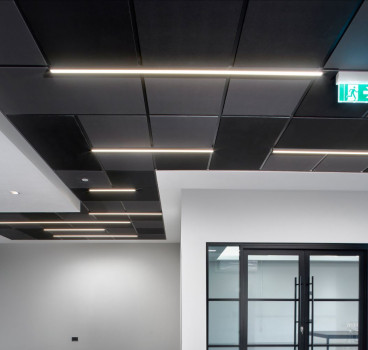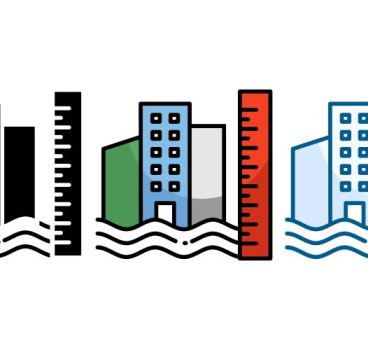Is ugly the new beautiful in architecture?
We live in a time when people are obsessed with beauty, but, within the rarefied world of high-end architecture, a counter-trend is emerging - a move towards the raw, the unfinished, the seemingly "ugly." From hulking brutalist concrete structures to intentionally "unrefined" interiors that expose pipes and bare brick, a growing number of architects and their wealthy clients are turning their backs on traditional notions of beauty. So, we have to ask the question - is this a bold new artistic statement, a rejection of superficiality, or simply a passing fad masquerading as profundity, writes John Ridgeway?
The seeds of this anti-aesthetic movement can arguably be found in Brutalism, a post-World War II architectural style characterised by its use of raw concrete, geometric forms and monumental scale. Born out of a desire for functional, affordable housing in a time of scarcity, Brutalism was often associated with social housing projects and government buildings.
While some saw Brutalism as honest and powerful, others deemed it cold, oppressive and even dehumanising. Prince Charles famously called a proposed Brutalist extension to the National Gallery "a monstrous carbuncle on the face of a much-loved friend." Yet, Brutalism never entirely disappeared. In recent years, it has experienced a resurgence of interest, particularly among high-end architects and their clients. But this new wave of Brutalism is often far removed from its socialist origins.
Today, we see "luxury Brutalism" manifesting in multi-million-pound homes, exclusive art galleries and trendy hotels. Raw concrete walls are juxtaposed with plush velvet furniture - exposed steel beams frame panoramic views and unfinished wood adds a touch of "rustic" charm.
Architects like David Chipperfield, known for his minimalist yet powerful designs, have embraced raw materials and simple forms in high-profile projects like the Neues Museum in Berlin. The result is a deliberate contrast between the old and the new, the refined and the rough.
But this trend extends far beyond Brutalism. We now see architects experimenting with pipes, ducts and electrical conduits, traditionally hidden behind walls and ceilings and which are now celebrated as design elements.
Reclaimed brick, salvaged wood, and repurposed metal are used to create interiors that are intentionally "imperfect" and full of history. Warehouses, factories and other industrial spaces are being converted into luxury lofts and galleries, retaining their raw, utilitarian character.
We can see that the Japanese philosophy of Wabi-Sabi, which embraces imperfection, impermanence and simplicity, is increasingly influencing Western design, leading to spaces that celebrate the beauty of the flawed and the unpretentious.
The intentional unmaking of beauty
So, what is driving this trend towards the anti-aesthetic? Several theories have been proposed, one being the rejection of consumerism. Apparently, in a world saturated with mass-produced, bulk standard designs, the anti-aesthetic can be seen as a rebellion against the superficiality of consumer culture. By embracing the raw and the unfinished, architects and their clients may be seeking a more authentic and meaningful experience.
Exposing the building's structure and materials can also be seen as a way of being honest and transparent about its construction. There is no attempt to hide the "guts" of the building where everything is laid bare.

It could also be, that in a world where everyone can access the same mass-produced luxury goods, true exclusivity may lie in the unique and the unconventional. A raw, unfinished space can be seen as a bespoke work of art, a testament to the client's individual taste and daring.
Some would also argue that the anti-aesthetic reflects a yearning for a simpler, more authentic past, before the rise of mass production and digital technology. The raw materials and industrial aesthetic evoke a sense of history and place.
Or it could simply be, that in an age of digitally enhanced images and perfectly curated online personas, the anti-aesthetic may be a reaction against the unattainable standards of digital perfection. The embrace of imperfection can be seen as a way of celebrating the real and the human.
However, the rise of the anti-aesthetic in luxury builds is not without its critics. Some argue that it is a passing fad, a trendy style that will eventually fall out of favour, like any other fashion. They say it is an attempt to appear edgy and intellectual, resulting in spaces that are cold, unwelcoming, and impractical.
Inevitably, others argue that it is a misappropriation of working-class aesthetics – a cynical attempt by the wealthy to appropriate the looks of the working class and industrial past, stripping them of their original meaning and context.
The question of beauty
Ultimately, the debate over the anti-aesthetic raises fundamental questions about the nature of beauty itself. Is beauty objective or subjective? Can something be considered beautiful if it is intentionally "ugly"?
The traditional view of beauty emphasises harmony, proportion and balance, but the anti-aesthetic challenges these notions, suggesting that beauty can also be found in the flaws and irregularities that make something unique and human - the unadorned truth of materials and construction – or simply the way a building relates to its surroundings and its history.
Perhaps the most productive way to approach this debate is to move beyond the binary of "beautiful" versus "ugly." Instead of judging a building based on its adherence to traditional aesthetic standards, we should also consider its authenticity and ask these questions - does the building feel genuine and true to its purpose? Does the building respond to its environment and its history? Does the building serve its users well? And does the building evoke a feeling or create a memorable experience?
Ultimately, the question of whether "ugly" is the new "beautiful" is a matter of personal taste and interpretation. But the rise of the anti-aesthetic in architecture forces us to confront our assumptions about beauty and to consider the value of the raw, the unfinished, and the unconventional. It invites us to ask - what do we truly value in the spaces we inhabit? Is it superficial perfection, or something deeper, more meaningful and more human?
Additional Blogs

When fire breaks out who really knows the system
The story that caught my attention recently wasn’t about fire growth or building loss, it was about confusion. Specifically, the confusion faced by the fire service when arriving at buildings...
Read moreThe design and development of Nexus Layouts
When Zentia set out to rethink the suspended ceiling, the brief was clear: deliver greater creative freedom for designers, more distinctive visual identity for clients, and a solution that could keep...
Read more

The 100-year construction project or why longevity Is the new sustainability
For decades, the construction sector has defined sustainability through metrics such as operational energy, embodied carbon, material efficiency and circularity. These measures remain vital, but a...
Read more